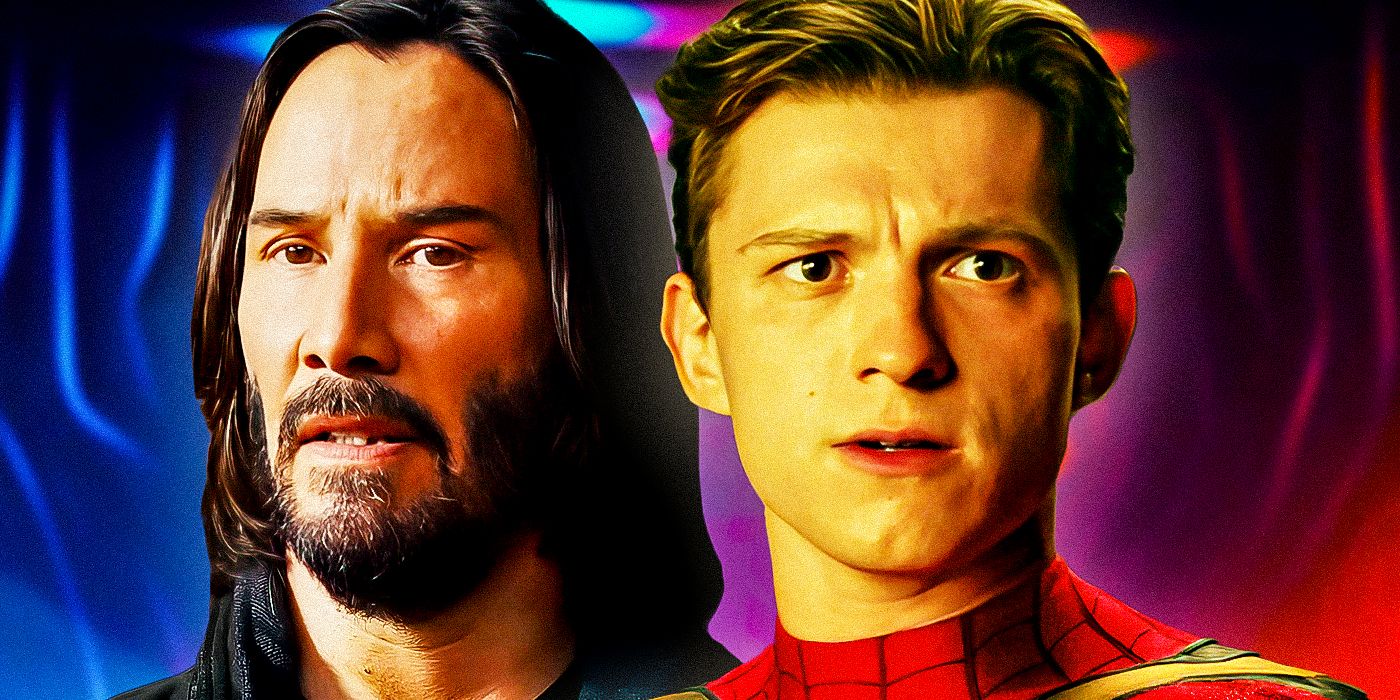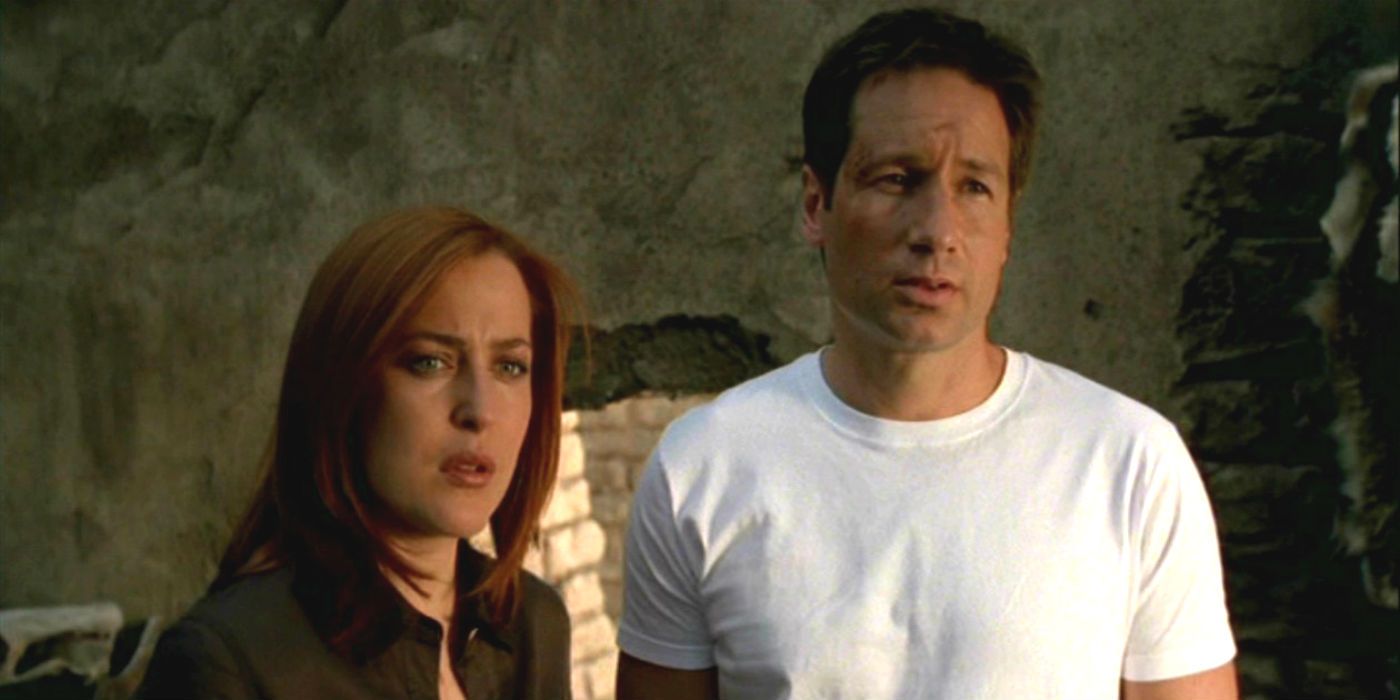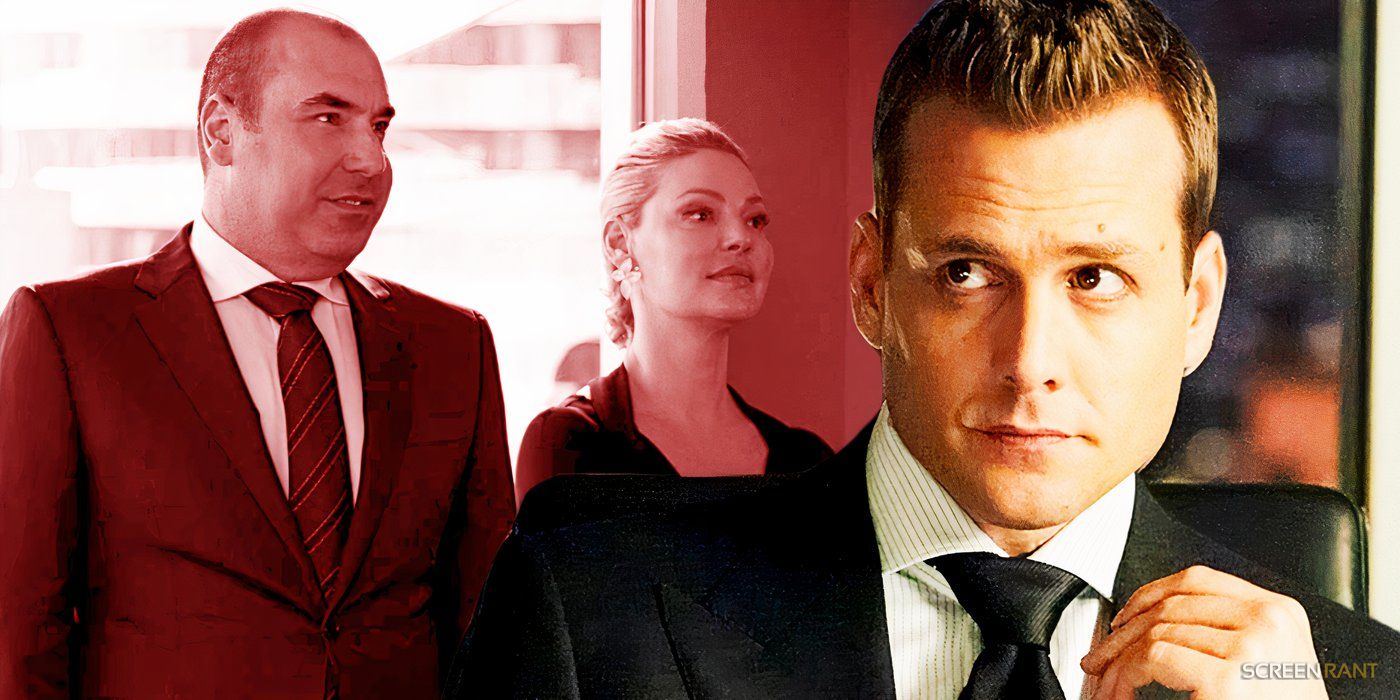The Dune: Part Two team details the ins and outs of the black-and-white Harkonnen universe. This past weekend, the Dune sequel debuted to positive reviews and a strong early box office. Dune: Part Two features a star-studded leading cast of Timothée Chalamet, Zendaya, Christopher Walken, Florence Pugh, Austin Butler, Anya Taylor-Joy, Josh Brolin, Dave Bautista, Rebecca Ferguson, and Javier Bardem.
Speaking with Inverse, Dune: Part Two cinematographer Greig Fraser explains one of the film’s most interesting elements: the black-and-white Harkonnen world. Fraser said:
“It doesn’t see any visible light. The sun puts out a lot of infrared, as we know. That’s what creates life on this planet, the heat from the sun and the infrared. What it does too is it creates a really amazing effect on skin tone.”
“We needed to come up with rules for what the sun does. We need to say, okay, well, why is the inside color? And so our rules were effectively everything that the sun hits is [washed out]. So it’s direct sun and it’s bounced sun.”
“We had a 3D rig, which normally is used to make 3D films, but on one camera was a color camera, and the other camera was the infrared camera. And so we made sure we had lights that put out infrared for the infrared camera, and we had lights that the infrared camera couldn’t see, which were LEDs that put out visible light but don’t have infrared light. We had to have two different types of light sources on set that each camera could see separately and see differently.”
“Denis came to me and said, ‘I’ve got this great idea. They’re like anti fireworks. They suck the light out as opposed to putting the light in.”
“I’m like, what a great idea. I don’t have any idea how to do that. We worked pretty hard at trying to achieve that goal, this kind of anti-explosion type of light.”
More to come…




